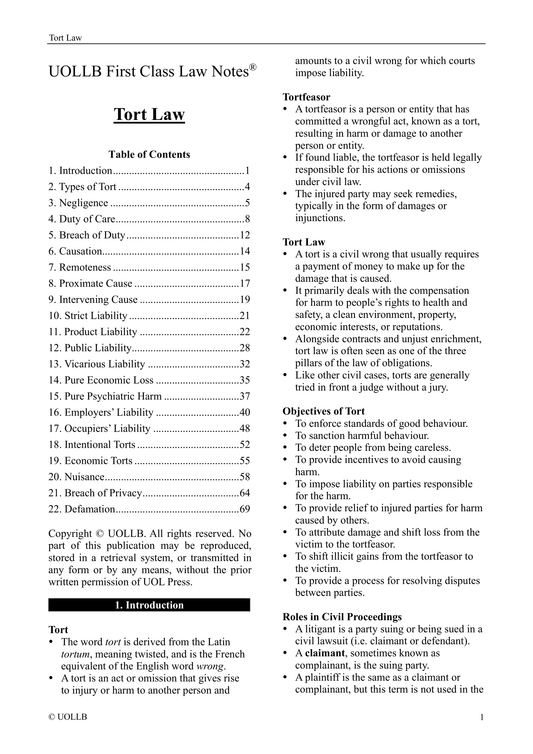General Principles of EU Law
Share
The general principles of EU Law underpin the legal system of the EU. These principles have been developed and interpreted by the Court of Justice of the European Union (CJEU) and are considered binding on all EU member states.
Supremacy: The principle of supremacy holds that EU law takes precedence over the national laws of EU member states. If there is a conflict between EU law and domestic law, EU law prevails. This principle ensures the uniformity and effectiveness of EU law across member states.
Direct effect: The principle of direct effect means that certain provisions of EU law can be invoked directly by individuals before national courts, without the need for national implementing measures. It allows individuals to rely on EU law rights and seek remedies in national courts.
Indirect effect: The principle of indirect effect requires national courts to interpret domestic law in line with EU law, even if the domestic law does not explicitly reflect the requirements of EU law. This principle ensures the effectiveness and uniform application of EU law throughout the EU.
Proportionality: The principle of proportionality requires that any action taken by EU institutions or member states should not go beyond what is necessary to achieve a legitimate objective. It ensures that EU measures do not impose unnecessary burdens on individuals or member states.
Non-discrimination: The principle of non-discrimination prohibits any unjustified distinction or treatment based on nationality, sex, race, or other protected characteristics. It ensures equal treatment and prohibits discrimination within the EU.
Fundamental rights: The EU upholds and protects fundamental rights, as enshrined in the Charter of Fundamental Rights of the European Union. These rights include the right to human dignity, freedom of expression, privacy, fair trial, and protection against discrimination.
Legal certainty: The principle of legal certainty requires that EU law be clear, foreseeable, and accessible to individuals and member states. It ensures that legal rules and their interpretations are consistent and reliable.
Effective judicial protection: The principle of effective judicial protection guarantees that individuals and entities have the right to access an independent and impartial court to enforce their rights under EU law. It ensures the availability of effective remedies and the right to a fair trial.
Precautionary principle: The precautionary principle applies in cases where scientific evidence is insufficient or inconclusive but there are potential risks to human health or the environment. It allows EU institutions to take preventive action to protect public health or the environment, even in the absence of complete scientific certainty.
Subsidiarity: The principle of subsidiarity states that decisions should be made at the EU level only if they cannot be effectively addressed by individual member states. It ensures that decisions are taken at the most appropriate level, balancing EU-wide interests with the autonomy of member states.
These general principles of EU law provide a framework for the interpretation and application of EU legal provisions. They play a crucial role in maintaining the coherence, effectiveness, and legitimacy of the EU legal system.




























































